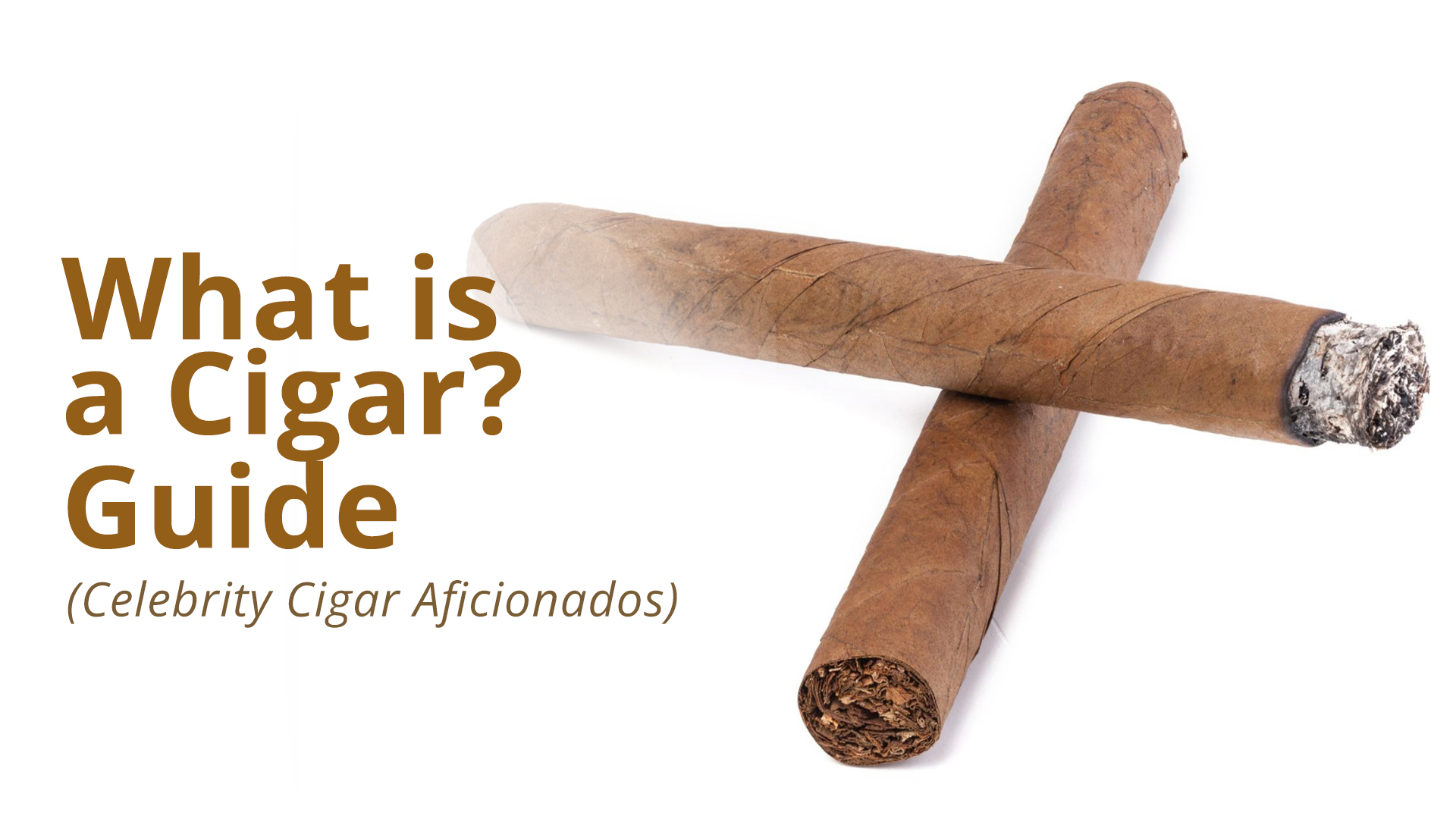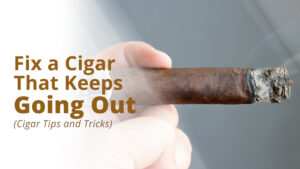Is it plume or mold? Is the cigar safe to smoke, or should you toss it away?
You got home after a tiring day and decided to sit in the drawing room, relax, and smoke a cigar.
Suddenly, you pick up the humidor and take out a cigar. But there is something that catches your eye.
You were originally calm, but now you’re panicking. What are these white specs on the cigar’s surface?
Many believe that there is no such thing as a cigar plume and that it is always a mold.
However, there are some people who say that if it is only on the upper layer of the cigar.
In this case, it is plume and it is safe to brush it gently and go on with the smoking.
For years, the argument between plume and mold has been going on.
To understand what all the fuss is about, we need to discuss what exactly is plume and mold.
What is Believed to be Cigar Plume?
Cigar plume is a natural phenomenon that occurs as layer of white specs on the upper lead of cigars.
Every cigar smoker has heard the term plume or bloom once in their life.
Many claim that plume forms when the oil and sugar in a cigar crystalize over time.
Therefore, crystals appear in white powder form on the top leaf layer.
Some also believe mold has a three-dimensional appearance. In comparison, plume or bloom is plain on the surface.
As well as that cigar plume and mold are different in texture, appearance, and smell.
Mold leaves a stain, no matter how hard you attempt to clean it with a towel. Whereas plume comes off without any mark whatsoever.
Plume supporters claim that it improves the taste of cigars.
In other words, the cigar is well-aged.
Unfortunately, plume is a type of fungus that can be recreated given specific parameters. Like chocolate, for example.
What is Mold?
Cigar mold is visually greenish or grayish color that you can not brush away. Similar to the growing substance on a rotten apple.
A mold has a moss-like fuzzy texture to it and also gives an unpleasant odor.
A cigar with mold is not safe to smoke as it can infect the cigar deep into the tobacco layer.
Even though cigars do not expire, there is still a chance for them to go bad if you don’t take good care of them.
Note: Cigar mold occurs due to various reasons such as overly humidifying or using dirty water to wash the humidor.
As a result of being packaged when still damp and fresh, Cuban cigars are typically prized for their plume.
This causes of mold development since moisture is kept within the box.
Cigar Plume vs. Mold Backed Up by Evidence
To study whether the texture on the cigar is plume or mold, the experts at Australia Biotech Labs selected ten cigars.
They examined the surface carefully and found that each spec, crystalized or moss-like, belongs to a fungal species.
As a result, they found several fungus and bacteria, such as Aspergillus, Penicillium ascomycetous, and Wallemia Sebi.
Some of the species spotted are used in making medicine and food items like cheese.
It can appear due to high amounts of sugar and crystalized oils.
Still, some species clearly indicated that the cigar has gone bad, and it is wise to toss them out of your cigar collection.
The study could not determine which fungal species is safe to remove and raised the question of whether a bloomed or plumed cigar is safe to smoke or not.
Big cigar magazines give a reward if you send a stick for testing and it doesn’t turn out to be mold.
However, no one has ever claimed the award to this day.
Plume is just a myth and was only fabricated by cigar sellers to sell moldy cigars.
This way, they would not have to toss away the whole stock.
Can You Smoke Cigars with Plume or Bloom?
Luckily, the leaves used for cigars are thick, which resists the mold from entering the wrapper quickly and going deep into the tobacco leaves.
So, plume can easily be brushed off the upper layer using a cloth, and you can smoke the cigar.
But if you spot the mold on the cigar foot, this would mean that the bacteria have entered the filler, making it difficult to clean.
The only thing to do is toss the cigar away so nobody smokes it.
However, if you do not care about the presence of cigar plume or mold, you can use a cutter to chop off the infected area.
Remove half an inch from the infected area with the cutter and smoke the cigar if the idea does not disturb you.
This should be done at your own risk.
How to Prevent Cigar Mold?
It is not impossible to save a cigar from going bad.
Some say that cleaning a humidor and maintaining a proper humidity level is enough to prevent cigar mold.
Still, a few other ways can also help protect those precious cigars.
Store Your Cigars at the Correct Humidity Levels
We advise you to invest in a hygrometer to store your cigars at an ideal humidity level.
This will protect those precious sticks from going bad and eventually ending up in a dumpster.
A hygrometer indicates the humidity level around you.
If you have a digital calibrated hygrometer, it will show an exact humidity level.
Ensure the humidity level is between 65% to 72% to prevent over-humidification.
A controlled humidity level will keep the cigars fresh and safe to smoke.
Use Distilled Water for Your Humidor’s Reservoir
Another way to prevent cigar mold is by using propyl glycol solution or distilled water for the reservoir of the humidor.
Filling it up with tap water or fancy mineral water will allow impurities and preservative bacteria to enter the humidor, which can also cause the cigars to mold.
At the same time, distilled water does not contain harmful bacteria, making it a good pick for the humidor.
You can also use humidity pouches to fill the reservoir.
Humidity pouches are easily replaceable and also keep your hands clean and dry.
Open Your Humidor to Allow Air Circulation
Keeping a humidor closed for a long time can increase the humidity level and lead to cigar mold.
Not to mention that your humidor’s wood construction can get dry.
If you have just bought a humidor, fill it with distilled water or propyl glycol solution.
Check it once a day to let the humidity out if you are a daily smoker.
But if you only smoke a cigar on special occasions, you better open the humidor at least once a week to check the humidity level.
Even the most expensive humidors have spots where humidity cannot reach.
So, cigar enthusiasts, turn your sticks once every month.
It will allow humidity to get to every part, resulting in a well-aged cigar.




